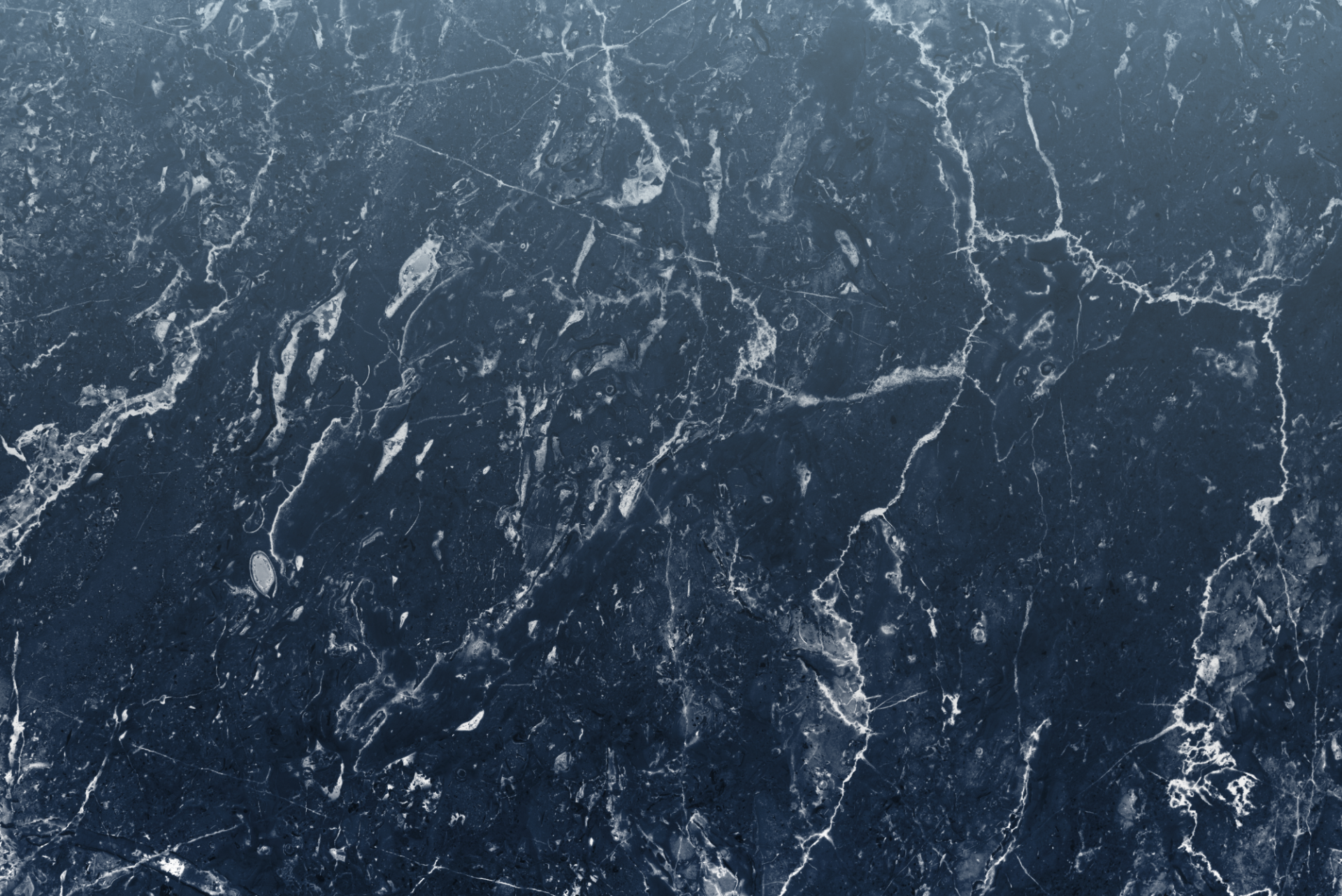Natural stones, such as marble, granite, limestone, slate, and sandstone, have been used for centuries in construction, sculpture, and interior design due to their timeless beauty and durability. However, despite their strength, natural stones require proper care and maintenance to preserve their appearance and structural integrity. Regular cleaning, protective treatments, and attention to environmental factors are essential in ensuring the longevity of natural stone surfaces.
Understanding Natural Stone
Natural stones are made from minerals and are formed through geological processes over long periods. Each type of stone has unique properties, such as texture, hardness, porosity, and susceptibility to damage. Understanding these properties is the first step in ensuring proper care.
- Marble: Known for its elegance, marble is a softer stone and is prone to scratching and staining. It is sensitive to acidic substances.
- Granite: A dense and highly durable stone, granite is resistant to scratching and heat but can still be affected by certain chemicals.
- Limestone and Sandstone: These stones are porous and can absorb liquids and stains. They are also sensitive to weathering and erosion.
- Slate: Slate is relatively easy to maintain and is durable, but it may suffer from moisture absorption, which can cause discoloration.
General Preservation Tips for Natural Stone
- Regular Cleaning Regular cleaning is essential to prevent dirt, grime, and stains from accumulating on natural stone surfaces. For general cleaning:
- Use a soft cloth or mop: Avoid abrasive materials that can scratch the surface.
- Use a pH-balanced cleaner: Many commercial cleaners are too harsh for natural stone. It’s important to use pH-neutral, stone-safe cleaners that will not damage the surface.
- Avoid acidic cleaners: Substances like vinegar, lemon juice, or bleach can react with natural stones, especially marble and limestone, leading to etching or discoloration.
- Seal the Stone Sealing natural stone is one of the most effective ways to protect it from stains and moisture absorption. Most natural stones, such as limestone and sandstone, are porous and can absorb liquids, leading to permanent stains and damage. Applying a high-quality stone sealant creates a protective barrier that prevents liquid penetration.
- Frequency of Sealing: The frequency of resealing depends on the stone type and its exposure to wear. For surfaces like kitchen countertops, sealing should be done annually, while less trafficked areas may need resealing every two to three years.
- Prevent Stains Natural stones can absorb oils, wines, acids, and other substances that can leave permanent stains. To prevent this:
- Wipe spills immediately: Quickly clean up spills, especially acidic or oily substances, to avoid staining.
- Use coasters and placemats: Place protective barriers under hot pots, cups, or food to avoid direct contact with the stone.
- Apply stain-resistant treatments: Some stones benefit from specialized treatments that make them resistant to stains.
- Control Humidity and Temperature Temperature and humidity can affect natural stone surfaces, particularly in areas like bathrooms or kitchens where moisture levels fluctuate.
- Avoid excessive moisture: While most natural stones can handle moisture, prolonged exposure to water, especially standing water, can weaken the stone or cause it to discolor.
- Maintain stable temperature: Extreme temperature fluctuations can cause cracking or fading, especially in stones like marble and limestone.
- Prevent Scratching and Chipping Natural stones, particularly softer types like marble and limestone, are vulnerable to scratching and chipping. To protect against physical damage:
- Use cutting boards and trivets: Avoid cutting directly on the stone surface, as this can scratch or damage the finish.
- Place mats or rugs: Use mats in high-traffic areas, such as hallways or entryways, to prevent abrasion from dirt and debris.
- Avoid heavy impacts: Dropping heavy objects onto stone surfaces can cause chips or cracks.
- Restore the Surface Over time, the natural luster and finish of stone surfaces may begin to fade. In such cases:
- Polishing: Regular polishing can help restore shine and luster, particularly for stones like marble and granite.
- Resurfacing: In some cases, if the surface is extensively worn or damaged, resurfacing may be required. This process involves grinding the stone to remove scratches and imperfections, followed by polishing to restore its appearance.
- Addressing Cracks and Chips Natural stone is prone to cracking or chipping, especially in high-stress areas. When cracks or chips occur:
- Repair immediately: Use specialized stone fillers or resins to repair small chips or cracks. Larger repairs may require professional restoration.
- Professional assistance: In cases of significant damage, consult with a professional stone restoration expert who can assess and restore the stone.
Environmental Factors and Maintenance
Environmental factors such as sunlight, temperature changes, and pollution can significantly affect natural stone surfaces.
- UV Radiation: Over time, direct exposure to sunlight can cause fading and discoloration, especially in stones like marble and granite. Using UV-protective treatments can help prevent this.
- Weather Conditions: Natural stones exposed to extreme weather conditions, such as freezing temperatures or heavy rain, can deteriorate over time. In outdoor settings, consider using protective coatings or regularly cleaning surfaces to remove dirt and pollutants that could degrade the stone.
Natural stones add timeless beauty and elegance to any space, but to ensure their longevity and beauty, they require proper care and maintenance. By regularly cleaning, sealing, and protecting the stone, as well as addressing any damage immediately, homeowners and professionals can preserve the natural charm of these materials for generations to come. Understanding the specific needs of each type of stone and applying appropriate maintenance techniques is key to keeping natural stone surfaces looking their best and performing optimally.
